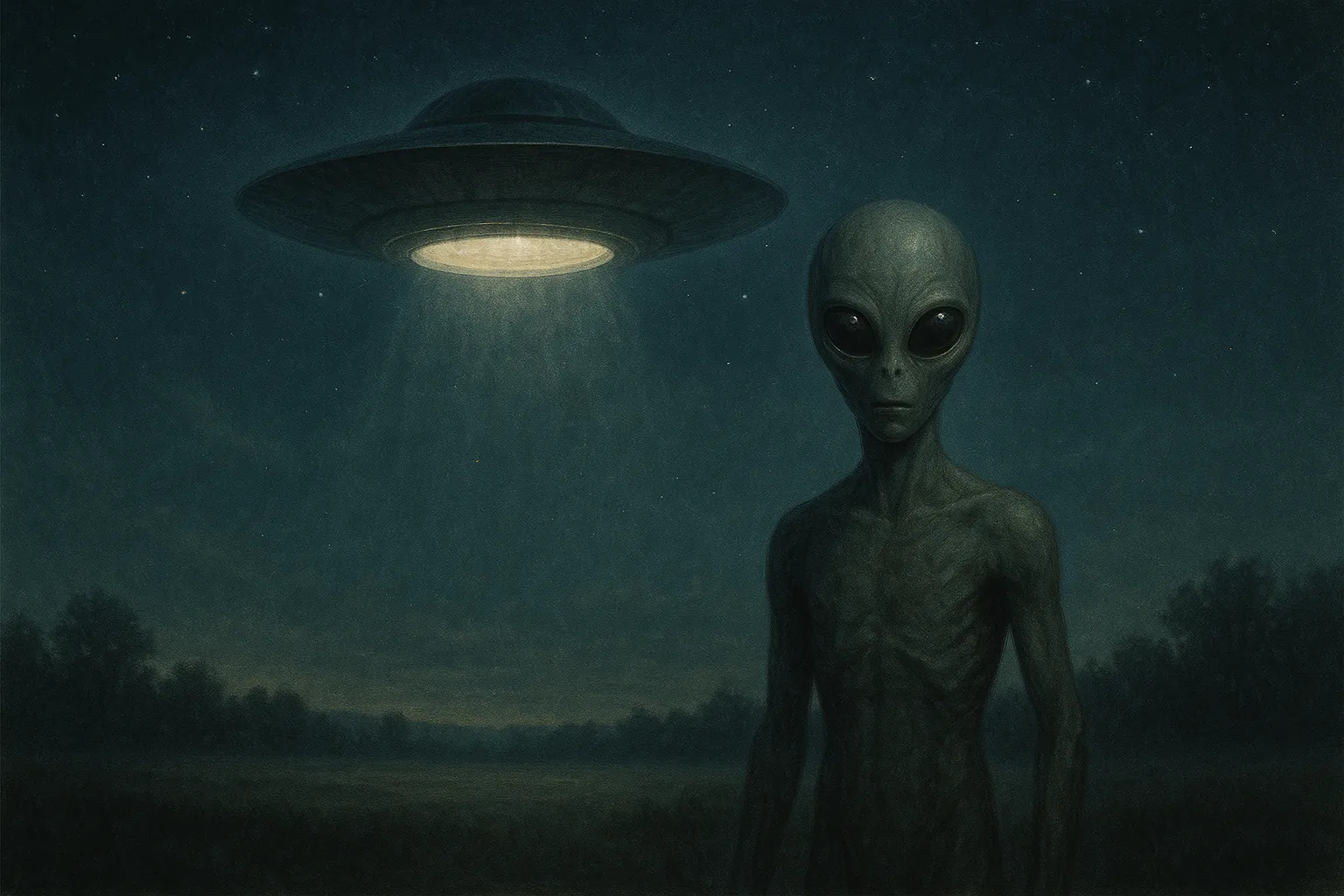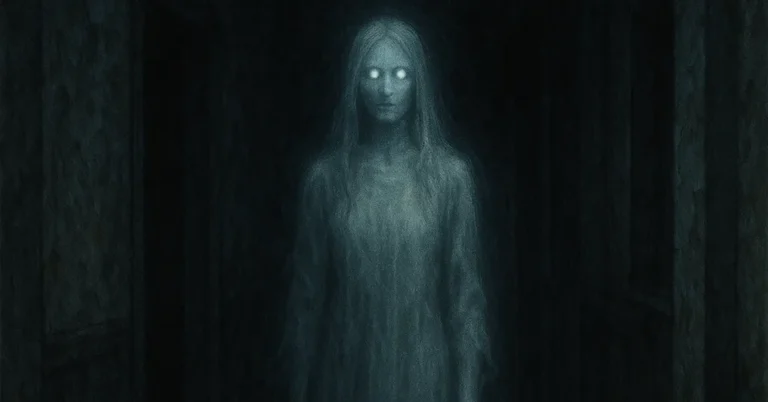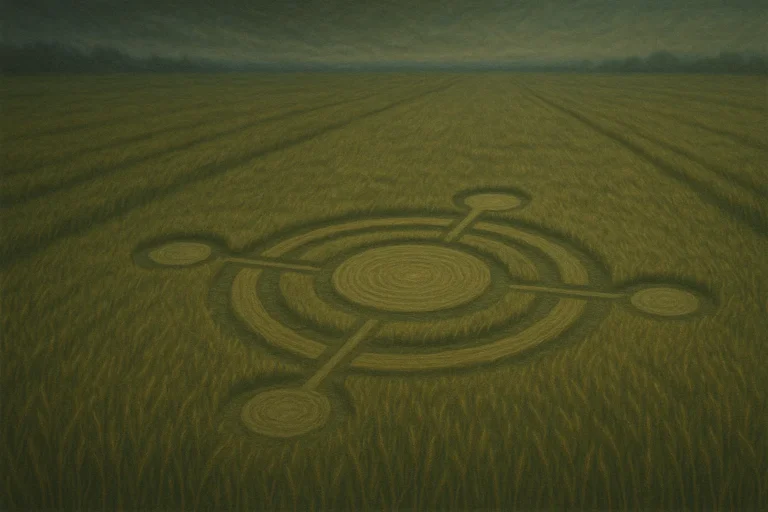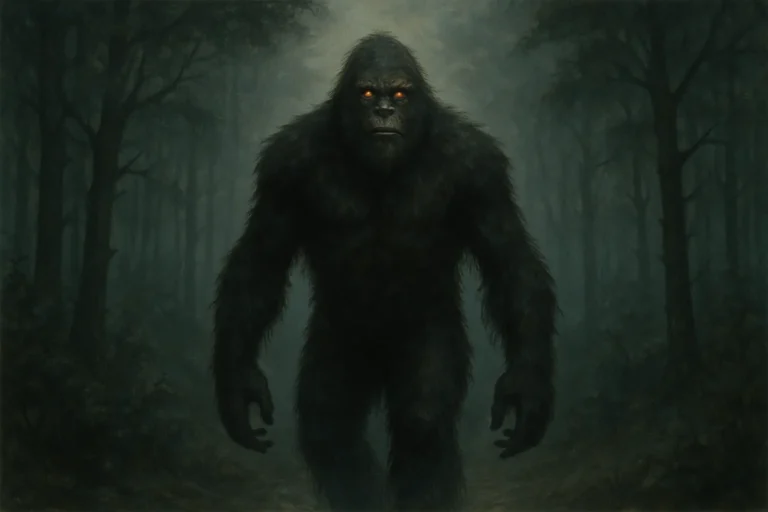UFOs & Alien Abductions: Truth Above or Tales from the Stars?

It usually starts with a light — silent, bright, moving in ways no aircraft should. Sometimes it zips across the sky, other times it hovers, unnaturally still. Then, just as quickly as it came, it vanishes.
For decades, people around the world have reported sightings of unidentified flying objects — or UFOs, as they’re commonly called. While the term has recently shifted to the more clinical-sounding UAP (Unidentified Aerial Phenomena), the mystery remains the same: what exactly are we seeing up there?
Could they be advanced military tech? Atmospheric anomalies? Or is it possible — just possible — that we’re not alone?
👽 Roswell: The Incident That Launched a Thousand Theories
No conversation about UFOs is complete without mentioning Roswell, New Mexico.
In July 1947, something crashed on a ranch outside of town. The U.S. Army first announced they had recovered a “flying disc.” Then, almost immediately, they changed the story — it was just a weather balloon. The retraction did little to stop the rumors. Over the years, witnesses claimed to have seen alien bodies, secret cleanups, and government cover-ups. The legend grew. And in doing so, it planted the seeds for decades of speculation.
Could the initial announcement have been a slip of truth? Or was it always a misunderstanding that spiraled out of control? The U.S. government later stated it was part of a secret program called Project Mogul, designed to detect Soviet nuclear tests. But for many, the damage was done. The idea that “they’re hiding something” stuck — and it’s never really gone away.
If you’re curious about the official account, the 1994 Air Force report on Roswell is still available online.
🛑 Area 51: Secrecy Breeds Suspicion
Not far from Roswell — at least by desert standards — lies one of the most infamous sites in UFO lore: Area 51.
Officially part of Edwards Air Force Base, Area 51 wasn’t even acknowledged by the U.S. government until 2013. That’s right — for decades, its existence was classified. Naturally, this fueled speculation. What better place to stash alien spacecraft, or perhaps even living extraterrestrials, than a top-secret base in the middle of the Nevada desert?
In reality, Area 51 has been used for testing highly classified aircraft, including the U-2 and SR-71 spy planes. But the secrecy, the strange lights seen in the sky, and the odd goings-on reported by former employees — like Bob Lazar, who claims he worked on reverse-engineering alien tech — have only deepened the mystery.
Whether or not you believe Lazar’s story, one thing is certain: Area 51 has become a cultural lightning rod for all things extraterrestrial.
🌌 The Abduction Phenomenon
While UFO sightings make headlines, it’s the abduction stories that truly unsettle people. Ordinary men and women claim to have been taken — sometimes in their sleep, sometimes in broad daylight. They describe being paralyzed, levitated, or pulled through solid walls. Inside a craft, they often recall bright lights, emotionless beings with large eyes, and strange medical procedures.
Some of the most famous cases, like the 1961 abduction of Betty and Barney Hill, follow an eerily similar pattern. The Hills reported losing hours of time on a drive through New Hampshire. Under hypnosis, they recalled a close encounter with gray-skinned beings who performed exams on them aboard a craft. Their story was one of the first widely publicized abduction accounts — and it remains one of the most studied.
Skeptics argue that sleep paralysis, vivid dreams, or suggestibility explain these experiences. Others point to the consistency of abduction reports across cultures and decades as evidence that something more is at play.
Could they all be imagining the same thing? Or is something — or someone — visiting us in the dark of night?
🛰️ Government Disclosures: A New Era?
For years, believers were mocked or dismissed. But in recent times, the conversation around UFOs has shifted dramatically.
In 2020, the Pentagon officially released videos taken by Navy pilots showing unidentified aerial phenomena that defied explanation — fast-moving, turning sharply, with no visible propulsion. Former government officials have come forward, urging greater transparency and admitting that these incidents are being taken seriously.
In 2023, whistleblower David Grusch testified under oath before Congress, claiming the U.S. government has been recovering “non-human craft” for decades. It was a bombshell statement, delivered not on a fringe forum, but in the halls of power.
Skeptics remain — and rightly so. Extraordinary claims require extraordinary evidence. But the fact that such discussions are now part of the public record marks a turning point. The question is no longer are UFOs real? The question is what are they?
🌠 A Cultural Mirror
Beyond the sightings and testimonies, UFOs and alien encounters have become part of our collective imagination. They appear in movies, books, documentaries, and music. They spark both fear and fascination.
Some researchers argue that our alien beliefs reflect the times. In the Cold War era, UFOs were often portrayed as invaders. In modern times, they’re more likely to be watchers or even saviors. Is it possible that the phenomenon adapts to fit our psychological needs? That it acts as a mirror to our hopes, fears, and unanswered questions?
Or is it just the opposite — that the stories remain consistent because they’re rooted in something real?
🌒 The Mystery Remains
UFOs. UAPs. Flying saucers. Whatever you call them, they’ve been with us for a long time. From cave paintings that some say show beings from the stars, to radar-confirmed sightings in modern airspace, the phenomenon refuses to go away.
Are they visitors from another world? Time travelers? Interdimensional beings? Or are they simply secrets our own governments would rather we not uncover?
We don’t have all the answers. Maybe we never will. But the questions — those haunting, thrilling, impossible questions — are what keep us looking up at the stars, night after night.
Could there be something — or someone — watching back?
Maybe it’s time we started listening.



